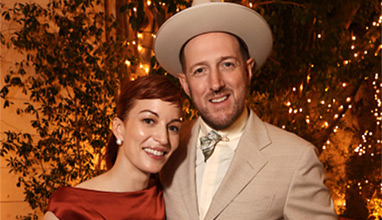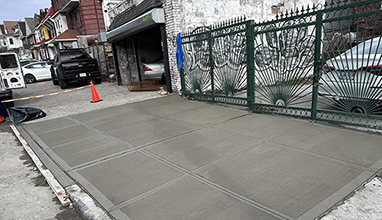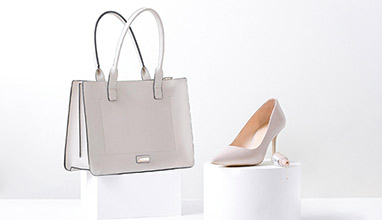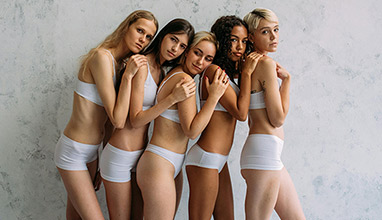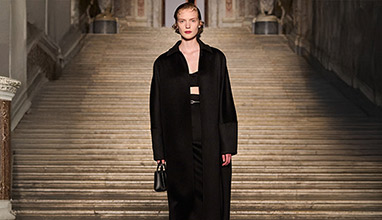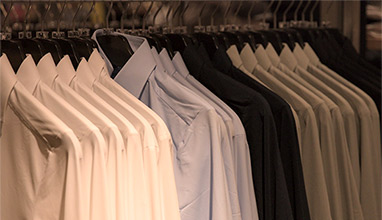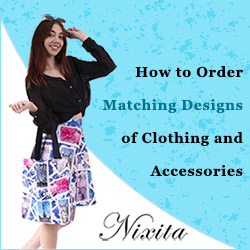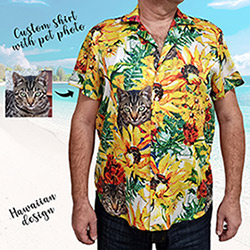How Deepfakes and Artificial Intelligence Are Impacting the Fashion Industry
As many industries adapt to digital transformation, the use of deepfakes and artificial intelligence is being embraced. However, as the fashion industry begins to use these technologies, it opens up a broader conversation on how they will impact the industry as a whole.
While some experts are here to discuss how much time and money this technology will save, others raise concerns over its potential impact on jobs and the potential loss of creativity. This is something we will explore throughout this page as we examine how deepfakes and artificial intelligence are affecting the fashion industry.
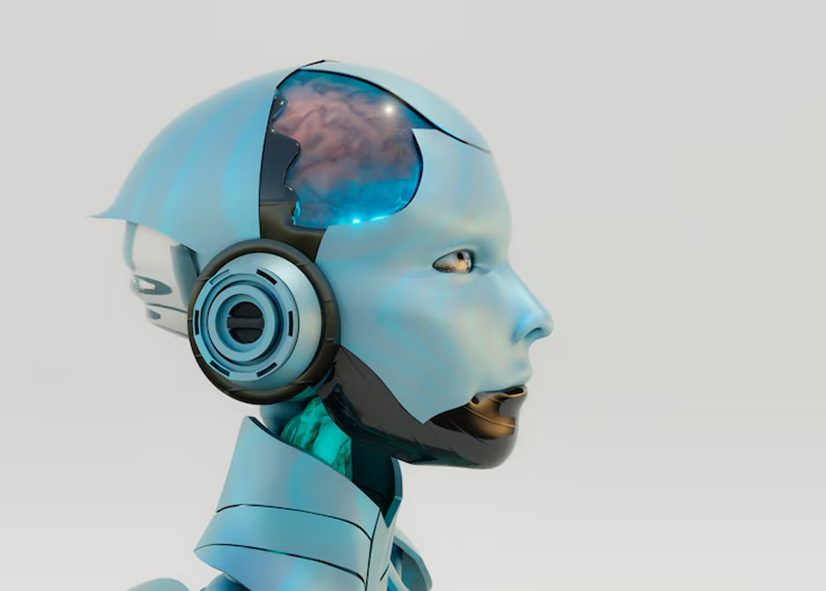
How Deepfakes are Influencing Fashion Marketing in 2025
Marketing is key to success in the world of fashion. Many brands are turning to deepfakes to redefine how they approach their digital marketing strategy. AI-generated models and sets allow brands to create hyper-realistic images and videos to use for their campaigns.
One of the biggest influences of AI on fashion marketing is the reduction of time and costs. Many start-up companies don’t have the budget to support a traditional photoshoot. Fashion labels and designers who are just starting out by creating a virtual stage and model for their designs. This method allows them to showcase their line without going into debt, since professional photoshoots can cost thousands of dollars.
Deepfakes allow brands to create a flawless representation of their image. Every fine detail can be custom-tuned to perfectly align with the brand’s vision for the campaign. Real-world limitations are out, and only the best image is set forward.
The Rise of AI-Generated Models: Are They Replacing the Real Thing?
As the world of deepfakes evolves, realistic AI-generated models are taking the stage. These virtual models look like the perfected version of the real thing, with highly realistic-looking touches. A lot of people don’t realise they’re looking at a digitally designed image when they view ads with these models.
Many brands are noticing some key advantages to taking this route. They eliminate costs associated with photoshoots, salary, and travel expenses. AI also allows them to create the ideal image of the person they want to represent the fashion, without unpredictable flaws.
However, this raises a lot of concern about how the rise of AI models will affect the careers of real models. This does create some concern for models as they prepare to navigate uncertainty in the industry. While it’s expected that there will be less demand for gigs as new brands embrace this technology, there are still many established brands that prefer the authenticity and charm of real models.
The topic of diversity and inclusivity was one of the driving points for why deepfakes are helping to evolve the industry. But arguments were also brought up that it was considered lazy of a brand to promote inclusivity but neglect the option to hire diverse models. Even Levi’s faced backlash for using AI-generated models when they have a budget to support the diversity they were aiming to promote.
Designs by AI and Its Impact on Fast Fashion
When the topic of AI design is brought up, a lot of people have a negative outlook. After all, wouldn’t this be lazy or give brands a chance to steal designs from other labels? But fraud prevention AI works to prevent this from happening. Startup brands can use AI to design logos and personalised images. They can design a digital studio where they put these designs on clothing. Each article of clothing is then put on an AI model or mannequin.
In this digital studio, brands will also be able to add automatic customisations to their designs. It’s one of the most efficient ways to alter the design without wasting time or fabric. The convenience allows fast fashion brands to continue supplying clothing at a cost-effective rate.
While there are many brands that can benefit from AI designs, there is also a lot of controversy surrounding this advancement. There are concerns about how this route displaces creatives from the industry and causes brands to lose their authenticity.
How are Deepfakes and AI Impacting Fashion Jobs?
The reality is, there is an upside and a downside to how deepfakes are impacting careers in the fashion industry.
Let’s start with the downside. Deepfakes essentially replace everything associated with the photoshoot. At first glance, you might think that only models and photographers are affected by this. But a deeper look shows that it creates a much bigger economic shift.
With AI imagery, brands won’t need to rent studio space or equipment for the photoshoot. They won’t require makeup artists, hair stylists, or their products. Art directors and set designers are also likely to see a setback in gig opportunities.
But this shift in technology can also impact jobs in a good way. As we mentioned earlier, a lot of start-up brands simply don’t have the budget for a photoshoot. AI technology allows them to showcase their work in a professional manner while reducing thousands of dollars in cost. Many believe that if it weren’t for this technology, they wouldn’t have been able to start their brands.
Many consumers are browsing for clothing online. This new wave of technology allows them to choose a model who looks like them, in size and ethnicity. They will be able to see a realistic image of what the fashion would look like on them. Knowing what it looks like makes them more likely to make a purchase online or stop in at a local retail store to buy the item.
How Consumers Really Feel About AI-Powered Fashion
There have been mixed opinions about the usage of deepfakes and AIs in the fashion industry. A lot of people are intrigued by how far this technology has advanced and how hyper-realistic the images and videos are. But that doesn’t mean they approve of how it’s impacting the fashion industry.
AI-driven fashion doesn’t sit well with a lot of consumers because it’s not authentic. It lacks the original approach and sense of realism within the brand. A lot of fashion enthusiasts have made points about how it’s hard for them to connect with AI-driven brands in comparison to real artistry and people who bring fashion to life.
Yet, other consumers are all for AI in the fashion industry. They love how this technology has changed the dynamics of buying clothes online. Since they can choose a model with similar features to see what the fashion looks like, there is less hesitancy about making purchases. This technology makes it easier for shoppers to find items based on their preferences.
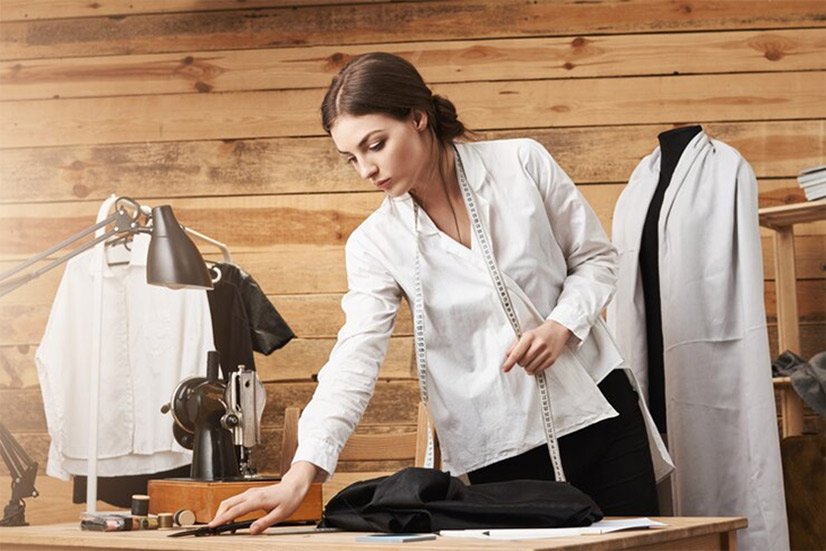
Deepfakes in the Fashion Industry: Pros vs Cons
As deepfakes and AI technology make an impact on the fashion industry, the debate is just getting heated. What side of the movement are you on?
Pros:
1. Eliminates costs
2. Saves times
3. Enhances customer experience
4. Sustainable production
Cons:
1. Creates job loss
2. Lacks originality and creativity
3. Lack of regulations
4. Deceives the audience
Final Look at Using Deepfakes and AI in the Fashion Industry
Deepfakes are making an unforgettable mark in the world of fashion. As more brands embrace this wave of technology, it will be important for them to use it in a way that aligns with the brand’s values and vision. If fashion brands use deepfakes to deceive users, it will create distrust. While there are both innovations and challenges at stake, there is no denying that this technology is transforming the industry.
Hits: 994 | Leave a comment



